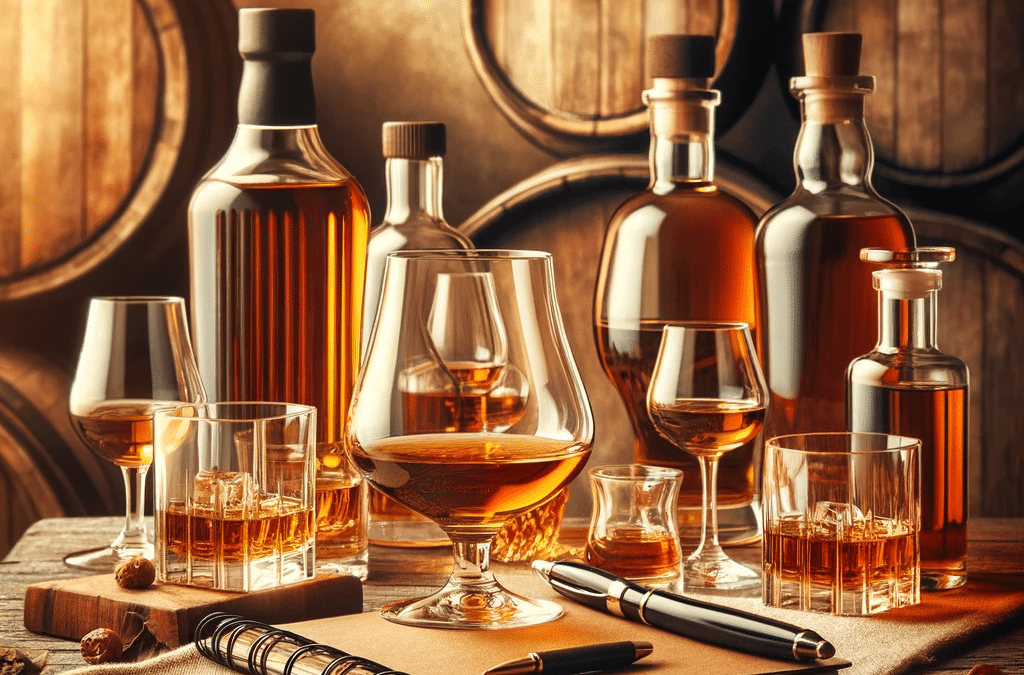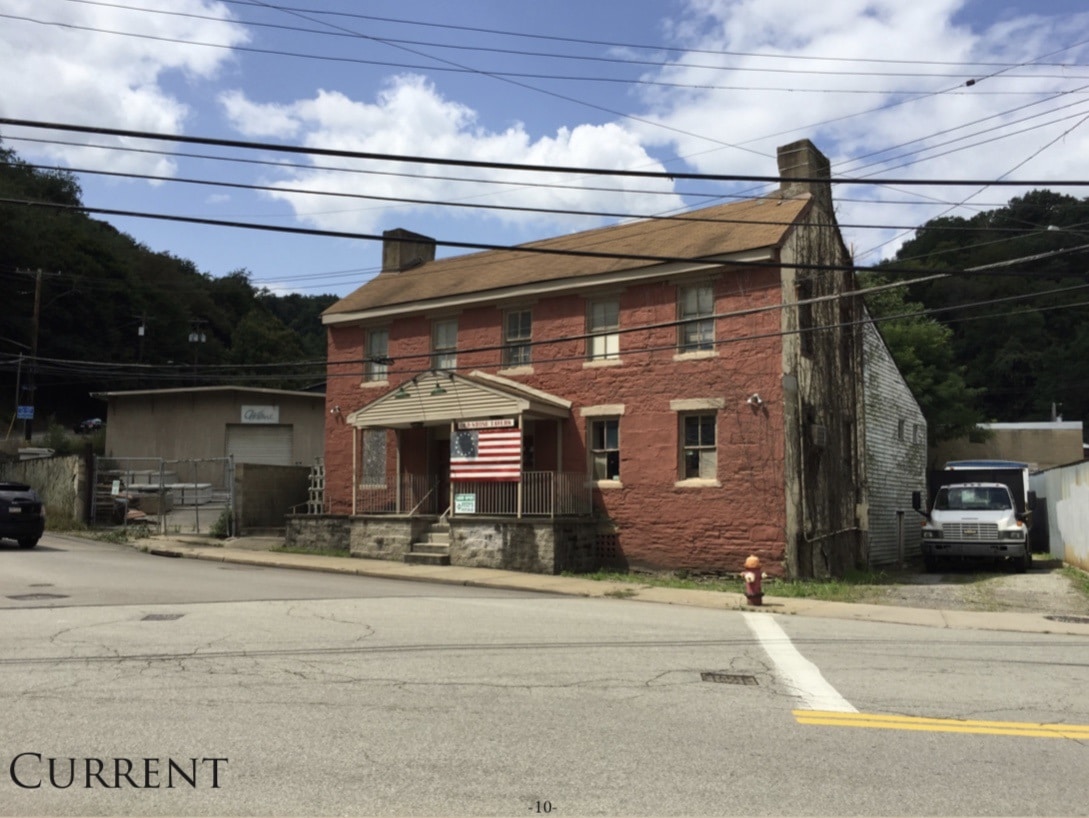The Whiskey Rebellion Trail’s Guide to Whiskey Tasting Like a Pro
Welcome to the world of whiskey, a place where each sip brings a story to life and every glass holds a journey of flavors waiting to be discovered.
The Whiskey Rebellion Trail offers more than just a path through history; it’s a gateway to becoming a connoisseur of this noble spirit. So, whether you’re a seasoned whiskey enthusiast or new to the trail, get ready to elevate your tasting game as we guide you through the art of savoring whiskey like a pro.
Understanding Whiskey – The Basics:
Before diving into the depths of tasting, let’s start with the whiskey basics. The term ‘whiskey’ comes from the Gaelic ‘uisce beatha’, meaning ‘water of life’, and it’s a distilled spirit made from fermented grain mash. Varieties include Scotch, Bourbon, Rye, and more, each with its own distinct production methods and flavor profiles.
The magic starts in the distillery, where choices about grain, water, fermentation, distillation, and aging all contribute to the unique character of each whiskey. As we explore the trail, we’ll encounter these varieties and learn what sets each one apart.
Setting the Stage for Tasting:
Creating the ideal environment for whiskey tasting is about engaging your senses in harmony. A quiet, well-lit room is crucial, as it allows you to focus on the whiskey without distractions. Avoid areas with strong odors or loud noises, as they can interfere with your ability to discern the subtle notes in each whiskey.
Choosing the right glassware is equally important. While there are various types of glasses, a tulip-shaped glass like the Glencairn is widely preferred. Its design helps concentrate the aromas towards the top of the glass, enhancing your ability to pick up the complex scents. A standard whiskey tumbler or a snifter can also be used, but the narrow opening of a Glencairn offers a more refined experience.
Before starting your tasting, ensure your palate is as neutral as possible. This means avoiding heavy or strongly flavored foods, smoking, or strong beverages beforehand. Cleansing your palate with water, or a neutral food like unsalted crackers, is recommended. This preparation allows you to experience the whiskey’s flavors in their purest form.
Lastly, consider the temperature of the whiskey. Room temperature is ideal for tasting, as too cold can suppress some flavors and aromas, while too warm may overemphasize the alcohol burn. If you’re sampling multiple whiskeys, start with the lightest and move towards the heavier or peatier varieties. This progression prevents the stronger flavors from overpowering the subtler ones in lighter whiskeys.
With these elements in place, you’re ready to embark on a sensory journey that will deepen your appreciation and understanding of whiskey.
The Tasting Process:
Tasting whiskey is an art that involves four key steps: Appearance, Nose, Palate, and Finish. Each step is a layer in uncovering the story behind the whiskey.
- Appearance: Begin by observing the whiskey’s color in natural light. Is it light gold, deep amber, or rich mahogany? The color can offer clues about the age and type of cask used in aging. Swirl the glass gently and notice the ‘legs’ or ‘tears’ that run down the sides. Slower legs can indicate a higher alcohol content or a more viscous, aged whiskey.
- Nose: The nose is critical in whiskey tasting. Bring the glass to your nose and take a gentle sniff. Initially, you might get the alcohol’s sharpness, but as you acclimate, underlying scents will emerge. Look for notes like vanilla, caramel, fruit, spice, or smoke. Each whiskey has its unique aroma profile, shaped by its ingredients and aging process. Take your time and revisit the nose after each sip; you might discover new scents as the whiskey opens up.
- Palate: Now, take a small sip. Let the whiskey coat your tongue. Is it light or heavy? Smooth or fiery? As you taste, try to identify the flavor profiles: sweet, salty, bitter, or sour. Common whiskey flavors include oak, pepper, chocolate, and citrus. Like with nosing, complexity grows with each taste, revealing layers of flavor.
- Finish: The finish is about the aftertaste that lingers once you swallow. It can be short and sweet or long and evolving. Some finishes leave a warm, spicy note, while others might offer a smooth, mellow fade. A good finish will round off the tasting experience beautifully, leaving you eager to explore more.
Decoding Whiskey Flavors and Aromas:
One of the most rewarding aspects of whiskey tasting is learning to identify the vast array of flavors and aromas that each whiskey presents. This skill develops over time and with practice, but understanding some basics can enhance your experience.
Start by building a flavor vocabulary with common descriptors such as ‘peaty’, ‘spicy’, ‘fruity’, ‘floral’, ‘nutty’, and ‘creamy’. Familiarizing yourself with these terms and tasting different whiskeys helps you understand and articulate what you’re experiencing.
Begin with identifying the primary flavors which are usually the most apparent – sweet, sour, salty, and bitter notes like vanilla, citrus, brine, or oak. As your palate becomes more refined, you’ll start to notice secondary and tertiary flavors, those subtle hints that might speak of the cask’s wood or the distillery’s locale. Remember, much of what you taste is influenced by what you smell, so give attention to the nose before and after you sip.
Comparative tasting, trying multiple whiskeys side by side, can also be incredibly insightful, highlighting the unique characteristics of each.
Hosting Your Whiskey Tasting Event:
Sharing the whiskey tasting experience can be immensely rewarding. Hosting your own tasting event allows you to share your passion with friends and further explore the world of whiskey.
When hosting your own whiskey tasting event, start by selecting a diverse range of whiskeys to showcase different styles and flavor profiles. Include various types like Bourbon, Rye, and Scotch, and consider different age statements and cask types for added complexity. You could also include some cocktails on the side, just for fun!
Create a comfortable environment conducive to focused tasting – a quiet room with good lighting, proper glassware for each guest, and neutral snacks like crackers or bread to cleanse the palate. As the host, guide your guests through each whiskey, sharing insights about its history and characteristics, and encourage discussion about the flavors and aromas detected.
Always promote responsible drinking at your event, ensuring water is available and considering transportation arrangements if necessary. Hosting a whiskey tasting is not just about enjoying the whiskey, but also about sharing knowledge and creating an enjoyable and memorable experience for everyone.
Conclusion
Embarking on a whiskey tasting journey is about more than just developing a refined palate; it’s about connecting with a rich tapestry of history, culture, and craftsmanship. Each glass of whiskey is a narrative, a blend of stories from the grain fields to the distillery, all the way to your glass. The Whiskey Rebellion Trail offers a unique backdrop to this journey, intertwining the past with the present.
As you continue to explore, remember that whiskey tasting is a personal and evolving adventure. Your preferences might change, your palate will develop, and your appreciation for different styles will grow. The world of whiskey is diverse and expansive, offering endless opportunities for discovery and enjoyment.
We encourage you to share your whiskey adventures with us. Whether it’s a new flavor note you’ve uncovered or a memorable experience on the Whiskey Rebellion Trail, your stories are a part of the larger whiskey narrative. So, raise a glass to your journey – may it be as rich and rewarding as the whiskey you taste.
Cheers to your whiskey tasting adventure!



